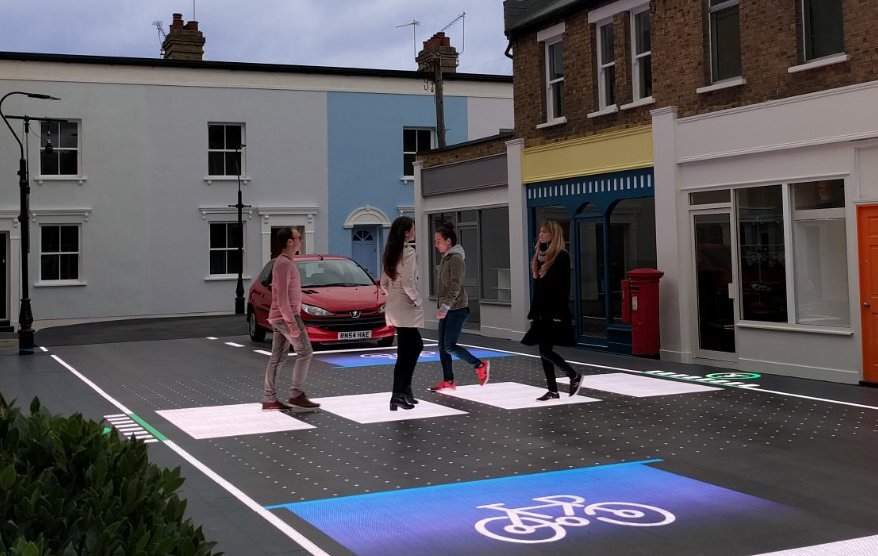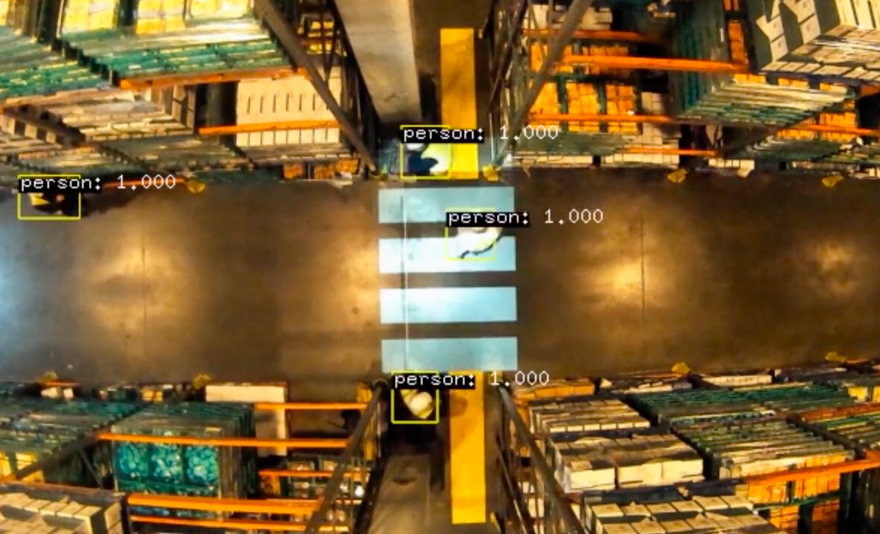Starling Kerbside Detector
Starling Kerbside Detector is an intelligent pole top detection of pedestrians waiting at the kerbside that integrates with the existing road traffic signal controllers to provide a much-improved detection along with real-time pedestrian behaviour analysis, such as volumetric assessment and pedestrian delay times.
Problem Use Cases
Traffic and signals officers experience :
Historically kerbside detection has often been troublesome to set up and to get consistent operation under all weather and lighting conditions
Not knowing how many people are waiting at a crossing or the types of people waiting
Pedestrians experience delays at crossings and do not understand why it is happening.
Starling Detector can supply:
Like-for-like replacement to the current kerbside detection
Accurate numbers of the pedestrians wanting to cross and waiting at the demand unit
In-depth information of the pedestrians wanting to cross, including volume assessment and delayed pedestrians
Anonymous data and information about the real-time use of the crossing.
Detection and Collection
Starling Kerbside Detector uses Machine Learning algorithms to detect and classify different types of pedestrians at a crossing, including wheelchair users and cyclists.
Additional to the detection of pedestrians waiting to cross, we also provide in-depth data, which can be used to adjust the crossing timer, such as:
Volumetric Assessment - accurate numbers of waiting pedestrians, divided into different types
Pedestrian Delay Times - how long each of them has been waiting, as well as accumulated waiting time.
Other metrics can be added as required.
Installation and Operations
It can be incorporated into the pedestrian crossings and can supply information to the controller and also to UTC and other back office services using TOPAS compatible standard interfaces insomuch as these apply.
The sensor units provide pole top detection of pedestrians waiting at the kerbside of each end of the crossing. Starling Detector covers a large waiting zone of 10m x 3m. The sensor unit is mounted at the top of the traffic pole and it is integrated into the local traffic signal controller to enhance or cancel demand calls.
Latency is small to allow operation in traffic control applications as well as less demanding data and ITS applications.
How we deliver analysis to customers
Access to the data and analysis is delivered:
Collected data can be viewed with customisable visualisations, e.g.
Over different time frame: display graph of the last five mins or last five weeks
Different visualisation: display graph as pie, line or bar chart
Set triggers or notifications when certain events happen, eg
Send SMS / email / Slack Alert to local staff when there are too many cyclists on the pavement.
Download the raw data for further analysis
Data access via API
HTTP endpoint for data request
Data pushed to customer's internal database or data platforms
Data access via API
HTTP endpoint for data request
Data pushed to the customer's data platforms.
Where Starling Kerbside Detector is being deployed
Starling Kerbside Detector will be trialled with various UK local governments throughout 2022.





